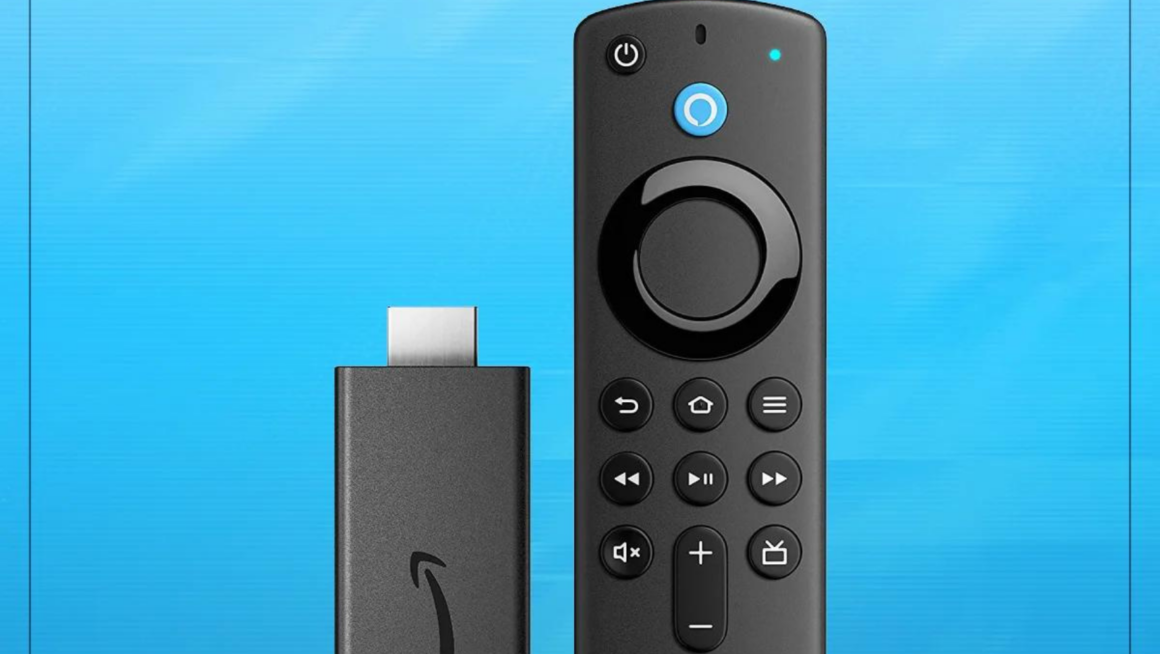The use of new technologies to enhance security in jails is becoming increasingly important with the increase of criminal activity. These technologies include biometric scanners, body-cavity scanning devices and facial recognition software.
The “technology in corrections 2020” is a new technology that is being used to enhance security in jails. This technology will allow for the monitoring of inmates and their interactions with each other.
Have you ever wondered how prisons manage to prohibit inmates from fleeing? It’s because of the many high-tech security measures that have been created throughout time. Cameras, computerized door locks, and even lasers are among the security methods in use. While you can learn more about the St. Louis County Justice Center prison at https://www.bobblockbailbonds.com/st-louis-county-justice-center/, the article below looks at some of the latest technology being utilized to improve security in jails around the nation.
ShotSpotter

When a gun is discharged, the sound waves it produces travel at warp speed. While this may make it impossible for a person to locate the exact location of the sound, ShotSpotter does it nearly instantaneously.
Scorpion
This gadget is an excellent technique to guard against break-ins on the outer walls. It is capable of detecting any movement and reporting it to one of the guards in a timely manner.
Electronic Locks for Doors

The electronic door lock is another high-tech gadget. Sensors in electronic locks may be set to allow or restrict a certain individual from accessing a specified area. They may also be set to let just one person in at a time and prevent anybody else from entering.
In most jails, metal detectors are another popular security device. They assist in ensuring that there are no weapons on the grounds.
Funnel vision is a camera system that detects movement on the ground using infrared technology, but it cannot detect movement in the sky. This makes it more difficult for anyone outside the jail to obtain anything thrown into the prison.
Cameras that are activated by motion

Within a 1020 foot radius of the gadget, motion-activated cameras may detect movement. They may also capture high-definition videos to aid in the identification of everyone who has entered the building.
Systems for Detecting Lasers
These devices are even better than motion-activated cameras in detecting movement. As a result, they have been utilized for a longer length of time. They function by projecting a laser beam over the ground or through a structure and detecting items that pass through it.
Satellite-based surveillance systems
Satellite monitoring systems vary from the other technologies discussed in this article in a few ways. The function of these gadgets is to keep an eye on anything going on from above. They’re a fantastic weapon for preventing any type of escape attempt.
Surveillance in three dimensions
3-D surveillance is a system that employs cameras as well as satellites, similar to satellite monitoring systems. It may be used in conjunction with many of the other sorts of gadgets listed in this article to assist defend the jail’s campus.
Surveillance by electronic means
On the interior of the prison, electronic surveillance may be utilized to assist monitor inmate behavior. It’s also another option for guards to keep track of an inmate’s whereabouts at all times.
Sensors that detect fingerprints
The fingerprint sensor is another regularly used gadget. This technology has proven to be quite useful since it can be installed on any sort of prison door, ensuring that only the appropriate person may open it.
Alarm Systems for Security
Because these systems are capable of detecting any kind of infiltration, they may assist guards in alerting them if someone enters via an unapproved doorway or window.
Surveillance by video
This technique is often used to maintain track of all convicts’ activities and movements while they are incarcerated.
X-ray examinations
Another gadget that may be utilized to maintain track of all the convicts’ movements is X-ray imaging. This way, if anything is missing or out of place, the personnel will be able to see it right away.
PIR (Passive Infrared) Sensors
When the sun is blocked out, these sensors send out a signal. They’re prevalent on fences, and they’re a great method for guards to see whether an offender is going to climb or break the barrier.
Detection of Underwater Penetration
These are sensors that have been installed in the water around the prison. Within a 500-foot radius of where they are positioned, they can detect movement.
Intrusion Detection at the Periphery
The perimeter intrusion detection system is another regularly utilized perimeter security technique. Any movement over the outer walls may be detected by this technology.
Detectors of cellular movement
When it senses movement, this kind of sensor sends out a signal. It’s buried to keep an eye on any convicts who may attempt to dig their way out.
As you can see, there are several security systems that may be employed in and around a prison to assist guards in keeping track of convicts. As technology progresses, prisons will most likely be able to monitor its inmates in even more ways. Hopefully, these approaches will aid in the prevention of any criminal behavior on the grounds.
Watch This Video-
The “latest technology tools available to correctional professionals” are the latest technologies that have been used in jails. These technologies include body scanners, biometric devices, and more.
Frequently Asked Questions
What new technology could be put in place in jails prisons today?
A: There are several ways that technology could be implemented in the current system. For example, with smartphones it is possible to record video footage of each prisoners cell and have a guard review them every morning as they enter their cell to prevent contraband from entering. With surveillance cameras installed throughout the cells, guards can view what is going on remotely. This would allow for quicker responses when needed instead of having guards stationed in hallways or waiting until prisons run out of space before expanding into new areas by building more cells attached to existing ones.
What technological advances are used today in corrections?
A: With the advent of technological advances, correctional facilities have been able to reduce recidivism rates by utilizing psycho-social approaches. These strategies include positive reinforcement and making inmates accountable for their actions in a rehabilitative manner. Additionally, these institutions are incorporating new technologies into criminal justice systems such as GPS ankle monitors, polygraph tests and body scanners that can help detect contraband or weapons with increased efficiency.
What are the 3 levels of security in prisons?
A: The 3 levels of security in prisons are high, medium and low. In the United States, typically a prison would be considered to have high or maximum security if it has more than 1,000 inmates inside.
Related Tags
- types of technology used in corrections
- assess the security, technology, management and control functions within correctional environments
- what salaries and benefits are common for careers in correction services
- a resolution to support increased education and technology in federal prisons
- technology used in community


